Can bumblebees deprived of pollen speed up plant flowering?
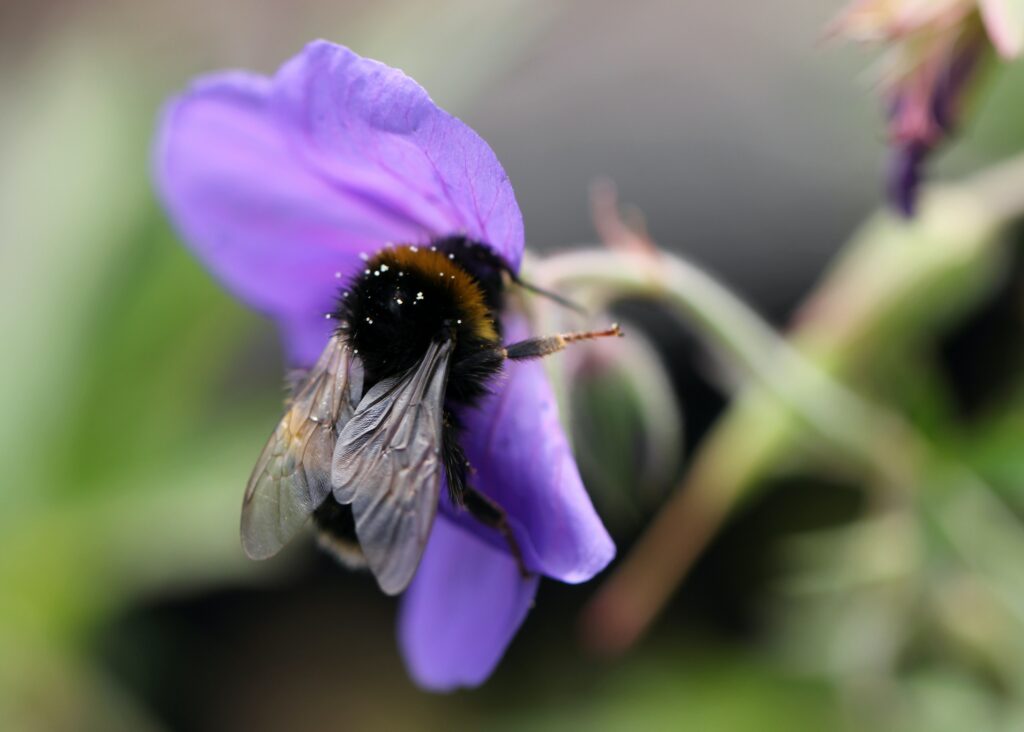
Here’s a bumblebee tip that might get a slow plant to bloom early, just chew on its leaves. At least three species of bumblebee use their mouthparts to cut small pieces of confetti from the foliage of plants, the researchers report. This foliage bite becomes more common when there is a shortage of pollen, according to a Zurich-based chemist ecologist and entomologist.
Experiments show that mustard and tomato plants nibbled by Bombus terrestris bees flowered earlier than non-bitten plants by days, or even weeks. So, for bumblebees, speeding up flowering times could be a lifesaver, when they try to found colonies in early spring, the bees depend on flower pollen as a source of protein to raise their young.
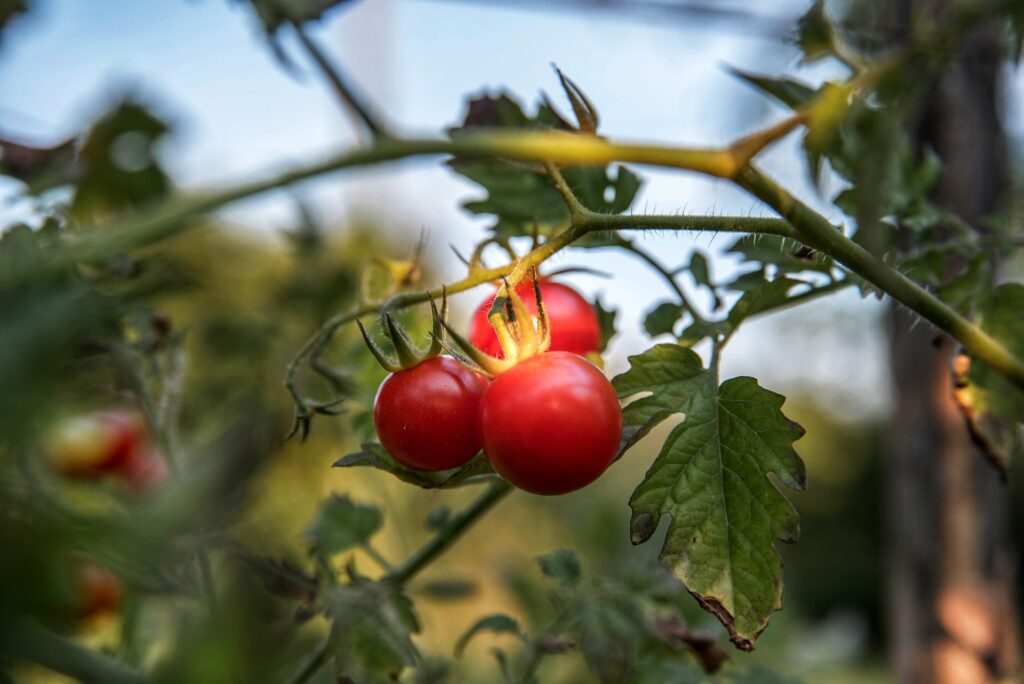
To test a link between leaf-biting and pollen shortages, the researchers did a test with caged bees. After three days without pollen, bumblebees trapped with non-flowering plants were more likely to make holes in the foliage than a group of bees flying among abundant flowers, when the researchers switched the situations of the bees, the insects now trapped without flowers began to nibble the leaves.
The idea that bee damage to a leaf could prompt flowering originally seemed like a long shot, however, in laboratory tests, tomato plants pierced five to 10 times by pollen-deprived bees flowered 30 days earlier in average than undamaged plants. But the ramp-up time varied by plant species—for example, bee-stung black mustard (Brassica nigra) flowered only about 16 days early.
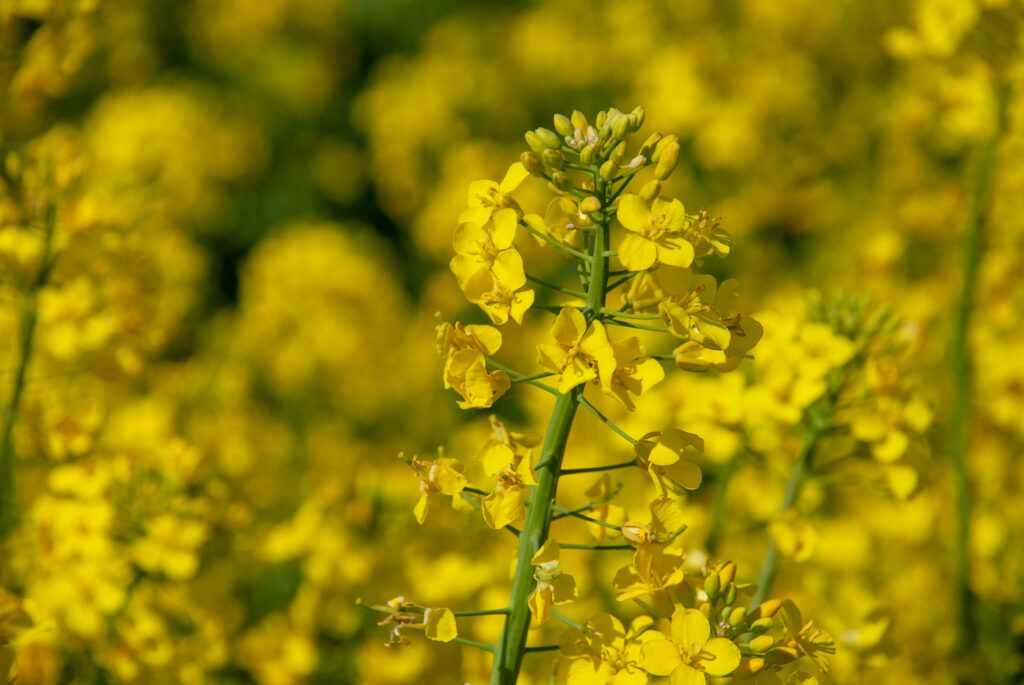
The acceleration of bee-nuisance plants is not entirely unprecedented, some other forms of stress, including drought, nutrient shortages and attack by leaf-eating insect pests, have also triggered early flowering. But what’s going on with bee stings and how they might take advantage of the internal clock that causes a plant to change from leaf to flower remains a big question.
Outdoor trials attracted the visit of two other Bombus species who checked on the plants and also cut holes in the leaves, confirming that nibbling on leaves is not just a quirk of a commercial lineage of bees.
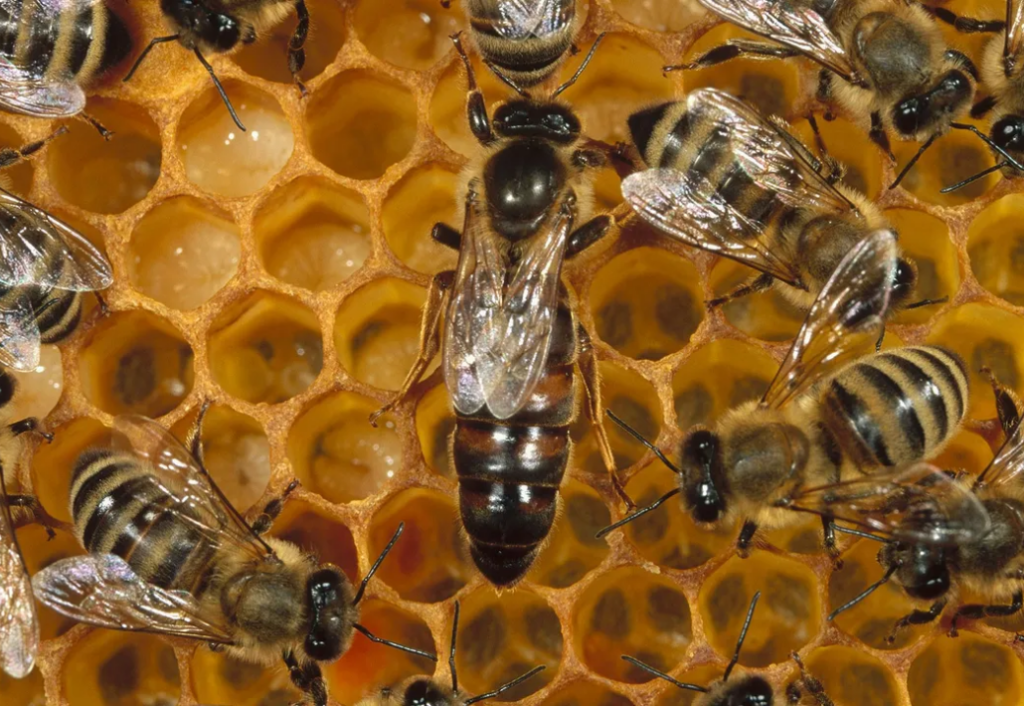
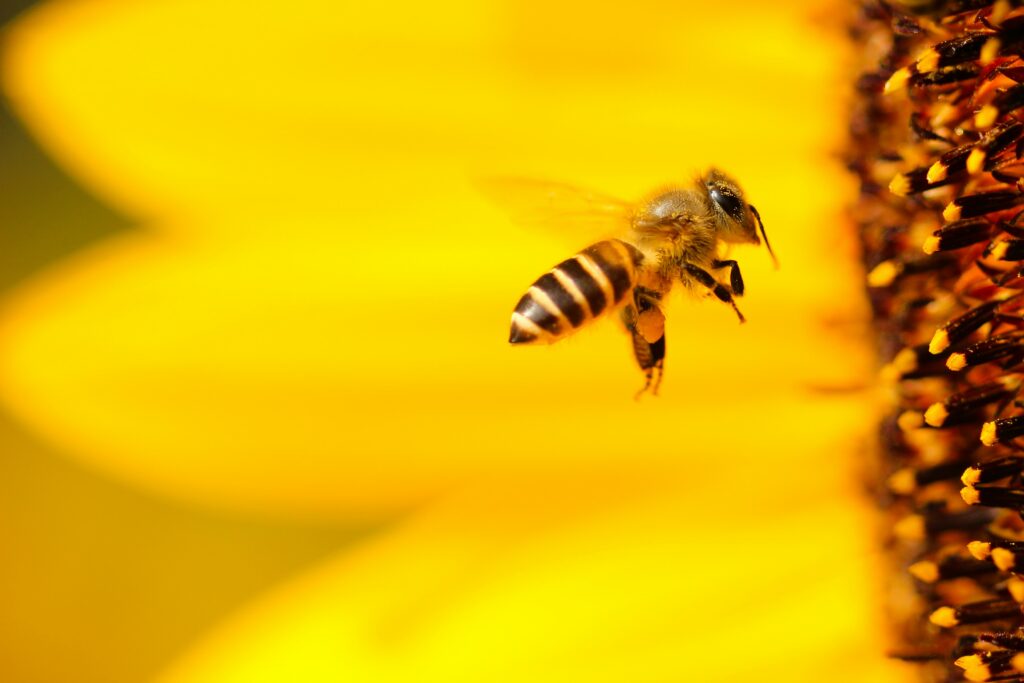

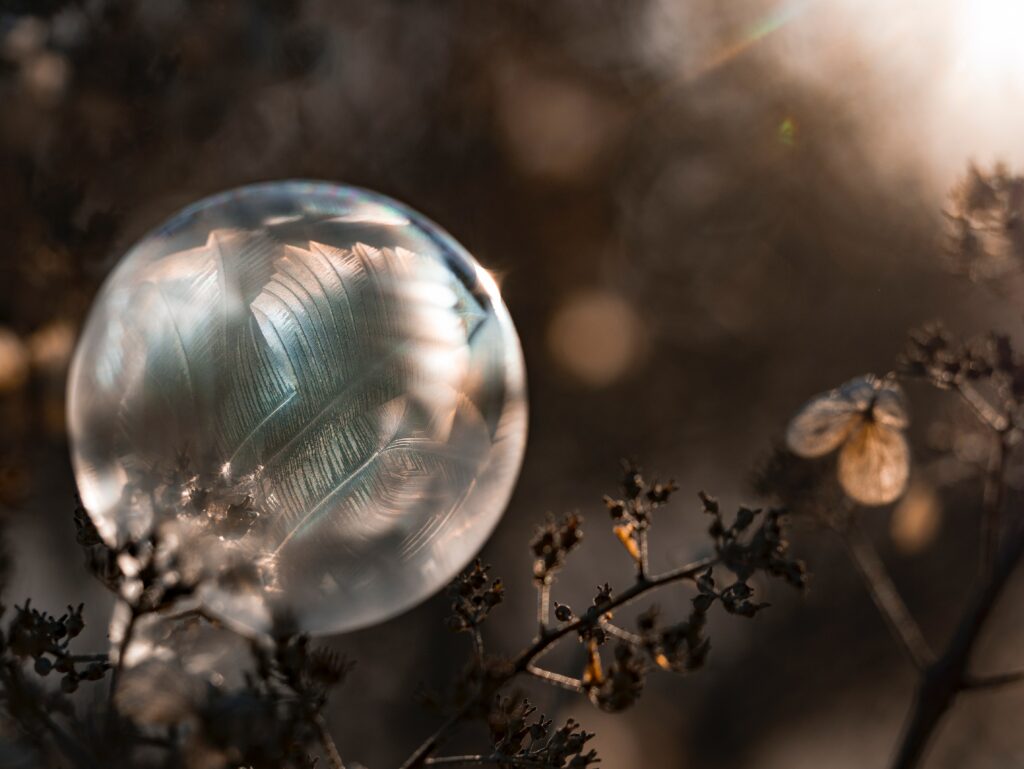

Responses